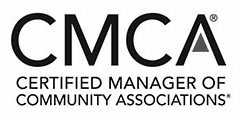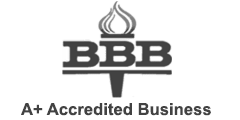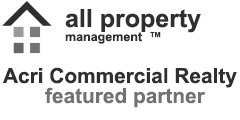Transitioning from a developer-controlled to a homeowner-controlled community can be a difficult process. Moving ahead after that “magic number” of homes sold requires planning. According to Alexander D. DiSanti, Esq., of Forbes Bender Paolino & DiSanti, P.C., in Media, PA. “Once the end of declarant control has happened, all responsibilities of the association are transferred from the declarant appointees to the executive board to the unit-elected board members once there has been a successful election meeting of the unit owners, leading to the election of unit owner members of the executive board.”
A transition should be approached with knowledge. Keep yourselves informed, read the declarations and by-laws. If you do not understand them, get legal help. Keep track of the number of units sold in anticipation of the turnover. Unit owner preparation for the turnover of control should begin in advance of the sale of the final units. It is the new Board’s responsibility to carefully orchestrate the transition.
Before taking over, make sure you have all your ducks in the water.
Try to address the following and enlist the help of your township or city building code officials:
1. Are the detention ponds inspected and do they have EPA approval?
2. Have roads been turned over to the city or township or are they private?
3. Are property taxes current?
4. Are the sewer system and other utility lines properly constructed and located? Look at the township schematics and enlist the help of an engineering firm if you have doubts. This is your responsibility.
5. Are there any outstanding liens?
One should also be aware that many developers have no interest in properly funding a reserve account and will keep dues on the low side in order to sell more units. There is no such thing as “maintenance free living”, your fees fund all services.








